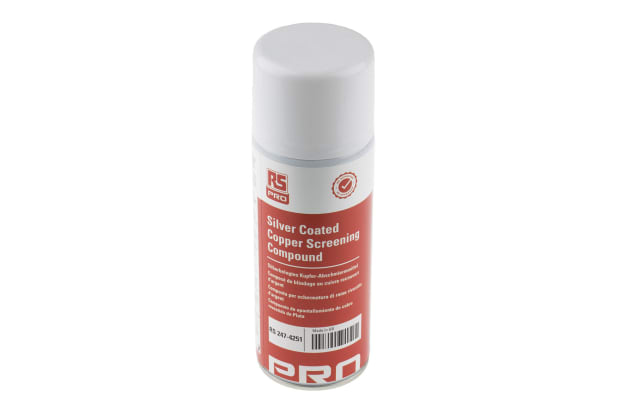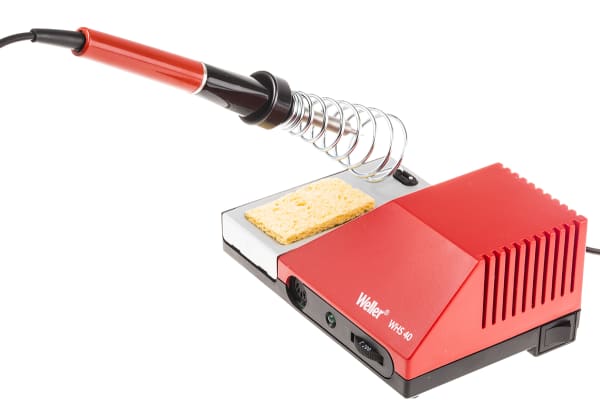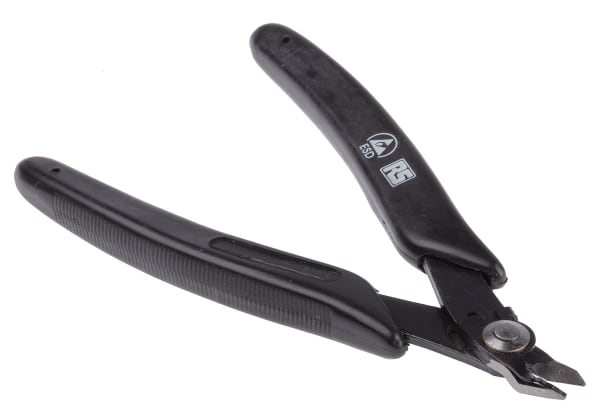- Published 30 Jan 2023
- Last Modified 29 Aug 2023
- 7 min
A Complete Guide to Copper Tape
Learn all you need to know about copper tape in our guide, including its uses and the different types available.

What is Copper Tape?
Copper tape is simply a thin strip of copper which is backed with an adhesive. It is a popular product and is widely available, largely thanks to its versatility and suitability for an extensive variety of tasks. It is also highly flexible and can easily be shaped to fit desired uses and install environments.
It is a conductive material but is available in two common types, known as conductive and non-conductive. Conductive tape can conduct electricity on both the top and bottom of the tape, whereas non-conductive copper tape is only conductive on the one side. This makes each of the different types best suited to varying applications.
Copper tape uses are varied and can include tasks such as:
- Electromagnetic shielding
- Slug and snail deterrent
- Creation of paper circuits
- Wrapping wire or cables
- Crafts and domestic applications
How Does Copper Tape Work?
Copper tape works similarly to other standard types of tape. However, the key difference is that it possesses an adhesive backing which needs to be removed for the tape to be stuck onto a surface.
Typically available in rolls of varying lengths, copper foil tape can easily be cut to size using a standard pair of scissors or specialist cutting tools to give a finer, more precise cut. Depending on the intended application, copper tape can work in various ways. It is primarily used for its conductive properties, yet it is handy and easy to apply in a range of situations.
Types of Copper Tape
There are two principal types – conductive and non-conductive. These are explored in greater detail below:

Conductive Copper Tape
Conductive copper tape is designed to conduct electricity on both sides of the tape. This enables electrical connections to easily be made simply by taping multiple lengths to one another. It is worth noting that the strength of this electrical connection can fade over time, so alternative methods of connection may be needed to ensure continued conductivity over prolonged periods. Similarly, a single continuous strip of copper foil tape will always be a more effective conductor than multiple strips joined together. Lastly, it should also be noted that the conductive adhesive is not designed to carry high levels of current.

Non-Conductive Copper Tape
Non-conductive copper tape is only conductive on one side (typically the top of the tape). If used to create an electrical connection, multiple lengths must be soldered together to ensure a reliable, conductive join. A quick, short-term (although much less reliable) alternative to soldering is to fold the ends of the tape at the join so that the conductive sides on each strip are facing one another. This can then be secured to serve the same purpose as conductive tape.
Copper Tape Uses
Due to its versatile nature, copper foil tape can be used in a wide range of applications and environments. It is used by professionals and hobbyists alike, across a spectrum of uses including electro-magnetic shielding, slug repellent, and DIY crafting.
Some of the most common uses are covered in the sections below:
Copper Tape for Soldering
It is possible to solder copper tape, a practice which is largely used when working with non-conductive tape types. Separate strips can be soldered together, creating a strong join and a more reliable path for electrical connection to flow through multiple lengths.
Soldering is a relatively straightforward process, but it is important to solder safely and ensure the correct equipment and soldering iron tip is used to create a secure join. Safety is essential so always make sure you are fully prepared for the task before using soldering equipment.
Copper Tape for Shielding
Electro-magnetic interference (EMI) can be problematic in certain situations. It can damage delicate components and cause excess electronic feedback, so shielding is an important way to safeguard and protect a range of equipment. Shielding essentially works by creating a conductive, grounded enclosure (a Faraday cage) around the component/s.
Copper foil tape can be used to shield components in a range of applications and environments. This could include everything from RF shielding to shielding a guitar pickguard to protect the instrument’s electronics from outside interference.

Copper Shielding Paint
Copper shielding paint is an alternative to copper shielding tape. It is available in aerosol form, designed to provide a low-resistance, RFI and EMI shielding coating for plastic electronic housings. Boasting enhanced adhesion, even surface coating, and strong scratch-resistant properties, copper shielding paint has a wide range of benefits and can be used with a variety of substrates.
Copper Tape for Plant Pots
Copper tape for plant pots is primarily used by gardeners to keep slugs away from plants. Slugs are pests which can ruin plants if left unchecked, and many gardeners choose to use copper foil tape to deter slugs and keep plants at their best.
The process is simple – merely sticking a strip of copper tape around the plant pot, just below the rim, to act as a barrier. There is discussion around the effectiveness of this method and whether copper tape does actually deter slugs, but many gardeners prefer to try using copper foil as opposed to less environmentally-friendly alternatives like certain slug and snail repellents.
Copper Tape for Stained Glass
Copper tape can also be used in the craft space for working with stained glass. Hobbyists creating stained glass artwork can use copper foil to wrap the pieces, creating a handy guideline to follow when soldering separate pieces together into the final image. Different thicknesses of copper tape are also available, making it easy to select a tape width that suits the size of your stained glass project.
To use, simply peel the tape and place it on the edge of the first piece of glass. Press it firmly down around the edge of the shape, taking extra care if the glass is sharp or jagged. Ensure that each new section of tape you apply overlaps with the last to avoid any gaps.
Copper Tape for Walls
Although copper tape is not intended specifically for use on walls, some people have adopted it as a means of creating attractive, decorative wall art. Due to its high levels of versatility, copper foil can easily be adapted and shaped to suit a variety of patterns and designs.
Geometric designs are common, but there are certainly no restrictions on your creativity! Alternatives include the use of washi tape or simply using masking tape to enable precise, accurate lines between different colours or shades of paint on a wall.
Copper Tape for Crafts
As previously mentioned, copper tape can be incorporated into a selection of different crafts and DIY projects. This can include stained glass artwork and wall art, as explored above, but it can also include a wide range of innovative craft ideas.
Just a few examples include adding a shiny border to artwork, creating textured pieces of art, or combining with other types of tape to create bespoke, metallic creations.
Copper Tape for Paper Circuits
Paper circuits are low-voltage electrical circuits that can easily be created using a selection of common materials. They are often used in DIY or domestic settings, often to teach children about circuits and electrical conductivity.
Copper tape is used to provide the current from one part of the circuit to another. There are numerous different circuit designs you can use for activities like this, but copper tape makes a great addition and is ideal for conducting low levels of electricity around the circuit.
FAQs
Does Copper Foil Tape Conduct Electricity?
Conductive copper tape is designed to conduct electricity. However, depending on the adhesive tape backing used, it may only conduct on the copper end rather than both sides of the tape.
Is Copper Tape Conductive on Both Sides?
It is possible to purchase copper tape that is conductive on either one side (the copper end) or both sides, including the adhesive copper foil backing. This provides a greater degree of flexibility and allows you the freedom to choose the most suitable conductive tape for your project requirements. Additionally, copper tape with non-conductive adhesive is the most commonly available variety.
Related Guides
Related links
- A Complete Guide to Copper Wire
- 3M 2245 Conductive Copper Tape, 6mm x 20m
- 3M 2245 Conductive Copper Tape, 25mm x 20m
- 3M 1181 Conductive Copper Tape, 12.7mm x 16m
- 3M 1181 Conductive Copper Tape, 50.8mm x 16m
- 3M 2245 Conductive Copper Tape, 19mm x 20m
- 3M 2245 Conductive Copper Tape, 12mm x 20m
- Electrical Tape Types & Alternatives Guide



